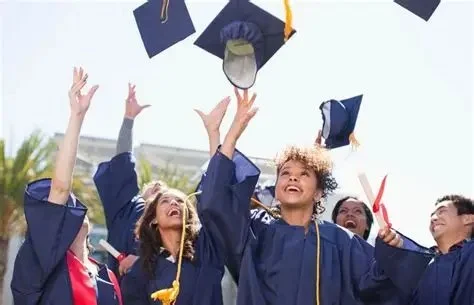
- do-they-have-dance-on-high-school-graduation-day
- tradition-vs-modern-trend-of-graduation-dances
- types-of-dances-on-graduation-day
- real-student-experiences
- why-graduation-dances-matter
- planning-and-preparing-for-the-dance
1. Do They Have Dance on High School Graduation Day?
One of the most asked questions by seniors and their families is: do they have dance on high school graduation day? The answer? It depends on the school, region, and cultural traditions. In many American high schools, the actual graduation ceremony is a formal event, often held during the day with speeches, diplomas, and family attendance. However, it's not uncommon for a celebration to follow—either that evening or the next day—which may include a dance.
These dances can range from casual gatherings to fully organized post-graduation parties, sometimes called “grad night” or “senior celebration.” While not mandatory or universal, they’ve become a popular way for students to say goodbye to their classmates in style—and rhythm.
2. Tradition vs. Modern Trend of Graduation Dances
2.1 Traditional Graduation Events
Traditionally, graduation day was all about the ceremony. Family photos, formal speeches, and final goodbyes to teachers. Dances were often associated more with prom or homecoming. But that’s changing.
2.2 Evolving Social Norms and Celebrations
Modern high schools are increasingly recognizing the value of student-led celebrations, and dances have made their way into graduation events—especially in private schools and community-focused institutions. These events are often paired with live DJs, decorated gyms, and even choreographed performances.
2.3 Cultural Variations
In countries like the Philippines or some Latin American cultures, a dance is almost always included in the graduation celebration. Students perform traditional dances with family members or partners, making it a deeply personal and festive event. Meanwhile, in some conservative districts in the U.S., dancing is still avoided or replaced with other forms of entertainment.
3. Types of Dances on Graduation Day
3.1 Social Dance Gatherings
Many schools host informal after-parties where music and dancing are part of the fun. These events are often student-organized and held at community centers or school gyms with refreshments and fun activities.
3.2 Formal Graduation Balls
Some schools, especially private or international institutions, go all-in with formal graduation balls. These are invitation-only events with elegant dress codes, live orchestras, and yes—ballroom dancing. For many students, this is the last formal event they attend with their high school peers.
3.3 Group Performances or Surprise Dances
It’s become a rising trend for students to prepare a surprise dance during the graduation ceremony itself. Whether it’s a flash mob after the last speech or a choreographed routine led by the student council, it adds energy and personality to an otherwise serious occasion.
4. Real Student Experiences
At Lincoln High School in Portland, Oregon, students began the tradition of organizing a post-graduation dance five years ago. Initially a modest gathering with a Bluetooth speaker in the school’s courtyard, it has since evolved into a ticketed event featuring local bands and food trucks. Students look forward to it almost as much as prom.
Meanwhile, in New Jersey, a group of graduating seniors in 2023 went viral on TikTok for their surprise dance during the graduation ceremony. Their synchronized routine was so well-received that the school administration is now planning to make it a yearly tradition.
These real-life stories show how dances on graduation day are not just possible—they’re becoming a powerful expression of joy, identity, and community.
5. Why Graduation Dances Matter
5.1 Celebrating Accomplishment
After years of tests, projects, and emotional ups and downs, students deserve a moment to celebrate. Dancing offers a release—a transition from student life to adulthood marked by laughter, music, and movement.
5.2 Creating Shared Memories
Unlike formal ceremonies, dances create memories that are fun, candid, and full of personal meaning. The photo booth pictures, group dances, and even awkward moves become treasured moments.
5.3 Expression Through Movement
Dance is more than entertainment—it’s a way of expressing identity. And for many students, it becomes a creative outlet, a form of saying goodbye without words. Schools that integrate this into graduation help students end their journey with heart and authenticity.
If you're looking to organize or participate in a graduation dance, American Dance Academy offers training programs tailored for students who want to leave a lasting impression—from basic ballroom steps to creative choreography for group routines.
6. Planning and Preparing for the Dance
6.1 Start Early
If you or your student group plans to include a dance in your graduation celebration, start organizing early. Talk to school officials, gather interest, and form a planning committee. Choose a venue, decide on the vibe (formal or casual), and lock in a playlist or DJ.
6.2 Practice and Choreograph
Whether you're performing a short routine or hosting a dance party, a little preparation goes a long way. Practice ensures confidence and fun. Dance instructors from places like American Dance Academy can help refine your steps and give your performance that extra polish.
6.3 Respect School Policies
Always stay within school rules regarding events, timing, dress code, and supervision. A well-organized, respectful celebration increases the chances of making graduation dance a lasting tradition for years to come.
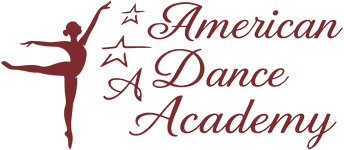
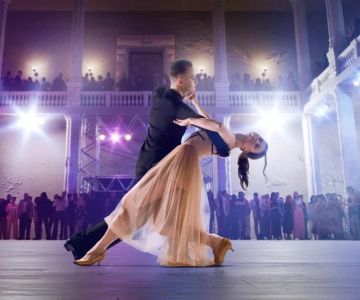
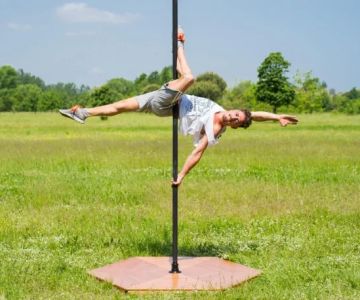
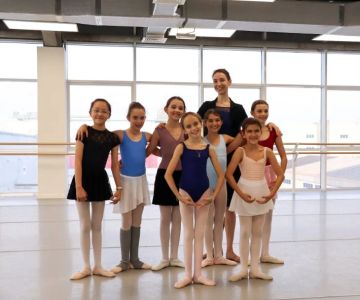
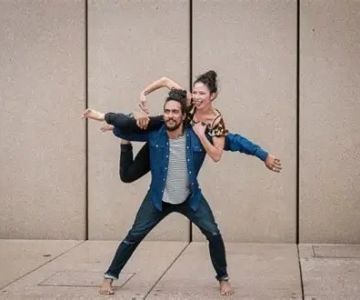

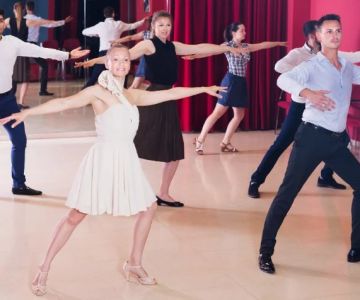
 Barrington Dance Academy5.0 (22 reviews)
Barrington Dance Academy5.0 (22 reviews) Canyon Concert Ballet4.0 (17 reviews)
Canyon Concert Ballet4.0 (17 reviews) Big City Dance Center LLC4.0 (25 reviews)
Big City Dance Center LLC4.0 (25 reviews) Tye Chua Dance & Kalamazoo Ballet5.0 (18 reviews)
Tye Chua Dance & Kalamazoo Ballet5.0 (18 reviews) Fenton Ballet Theatre4.0 (24 reviews)
Fenton Ballet Theatre4.0 (24 reviews) Front Street Dance Center5.0 (7 reviews)
Front Street Dance Center5.0 (7 reviews) Are There Dances in Middle School? What Students and Parents Should Know
Are There Dances in Middle School? What Students and Parents Should Know How a Dance School in Instagram Builds Community and Success
How a Dance School in Instagram Builds Community and Success Why Do Schools Teach Square Dancing?
Why Do Schools Teach Square Dancing?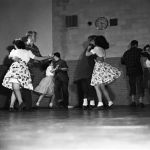 Why Was Square Dancing Taught in School?
Why Was Square Dancing Taught in School? Why Swing Dance Is Popular for Adults
Why Swing Dance Is Popular for Adults A School Dance: How to Prepare, Shine, and Make It Unforgettable
A School Dance: How to Prepare, Shine, and Make It Unforgettable